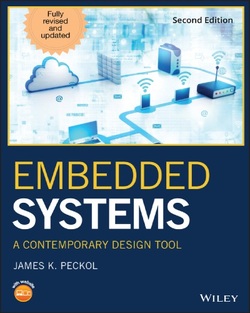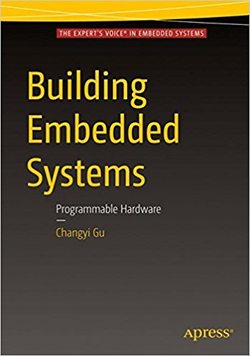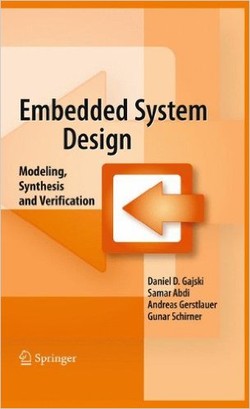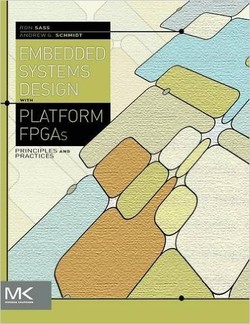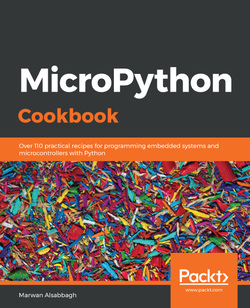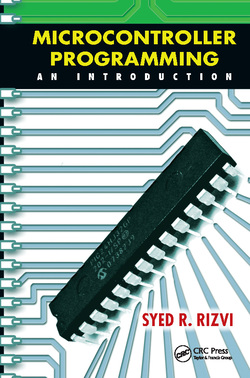ترکیب نرم افزارهای توکار؛ چارچوبها و روشهای درستی ساخت و ساز
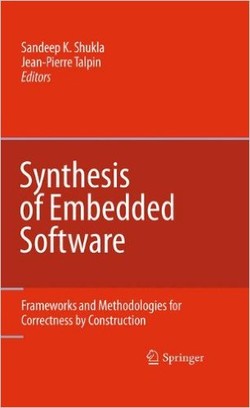
نرمافزارهای توکار امروزه بسیار فراگیر شدهاند. میلیونها خط کد تعبیه شده در تلفنهای هوشمند، وحتی بیشتر از آن در سیستمهای مسئول کنترل خودرو، کنترل هوایی، کنترل تسلیحات و ماموریتهای فضایی وجود دارد.
برخی از آنها عبارتند از ایمنی سیستمهای حیاتی که صحت، پاسخ به موقع و قابلیتهای اطمینان از پارامترهای مهم آن هستند و این نیازها روز به روز بیشتر شده و چالشهای جدیدی را برای طراحان سیستم در بر خواهد داشت. طراحی گزارشها و ساخت نرمافزارهای توکار از راهی انجام میشود که توسعه آن حداقل و عملکرد صحیح آن حداکثر باشد.
این کتاب روشهای طراحی سیستمهای ایمنی حساس در نرمافزارهای توکار را ارائه میدهد.
برخی از آنها عبارتند از ایمنی سیستمهای حیاتی که صحت، پاسخ به موقع و قابلیتهای اطمینان از پارامترهای مهم آن هستند و این نیازها روز به روز بیشتر شده و چالشهای جدیدی را برای طراحان سیستم در بر خواهد داشت. طراحی گزارشها و ساخت نرمافزارهای توکار از راهی انجام میشود که توسعه آن حداقل و عملکرد صحیح آن حداکثر باشد.
این کتاب روشهای طراحی سیستمهای ایمنی حساس در نرمافزارهای توکار را ارائه میدهد.
سال انتشار: 2010 | 300 صفحه | حجم فایل: 4 مگابایت | زبان: انگلیسی
Synthesis of Embedded Software: Frameworks and Methodologies for Correctness by Construction
نویسنده
Sandeep K. Shukla, Jean-Pierre Talpin
ناشر
Springer
ISBN10:
1441963995
ISBN13:
9781441963994
قیمت: 16000 تومان
برچسبها: Embedded software is ubiquitous today. There are millions of lines of embedded code in smart phones, and even more in systems responsible for automotive control, avionics control, weapons control and space missions. Some of these are safety-critical systems whose correctness, timely response, and reliability are of paramount importance. These requirement pose new challenges to system designers. This necessitates that a proper design science, based on "constructive correctness" be developed. Correct-by-construction design and synthesis of embedded software is done in a way so that post-development verification is minimized, and correct operation of embedded systems is maximized. This book presents the state of the art in the design of safety-critical, embedded software. It introduced readers to three major approaches to specification driven, embedded software synthesis/construction: synchronous programming based approaches, models of computation based approaches, and an approach based on concurrent programming with a co-design focused language. It is an invaluable reference for practitioners and researchers concerned with improving the product development life-cycle.
